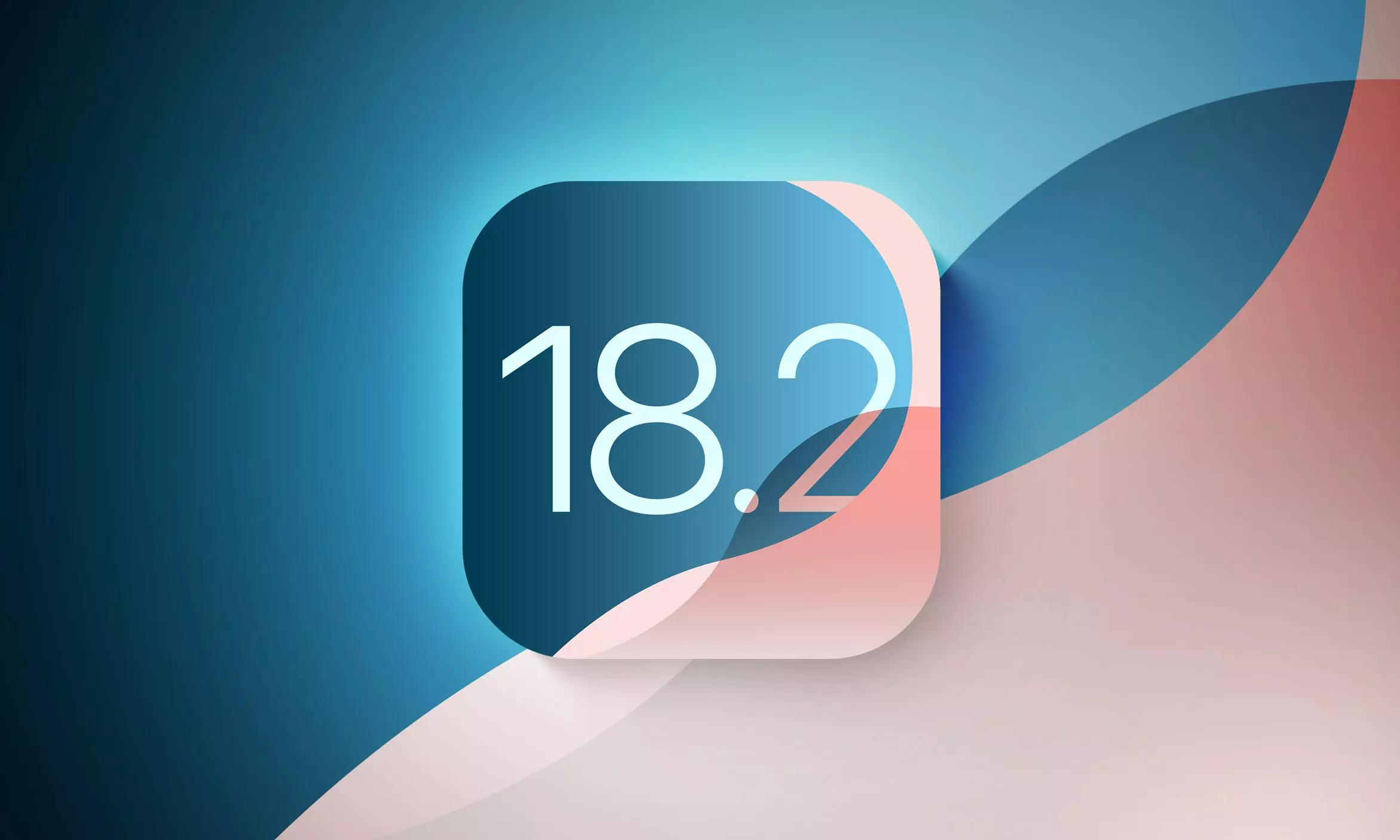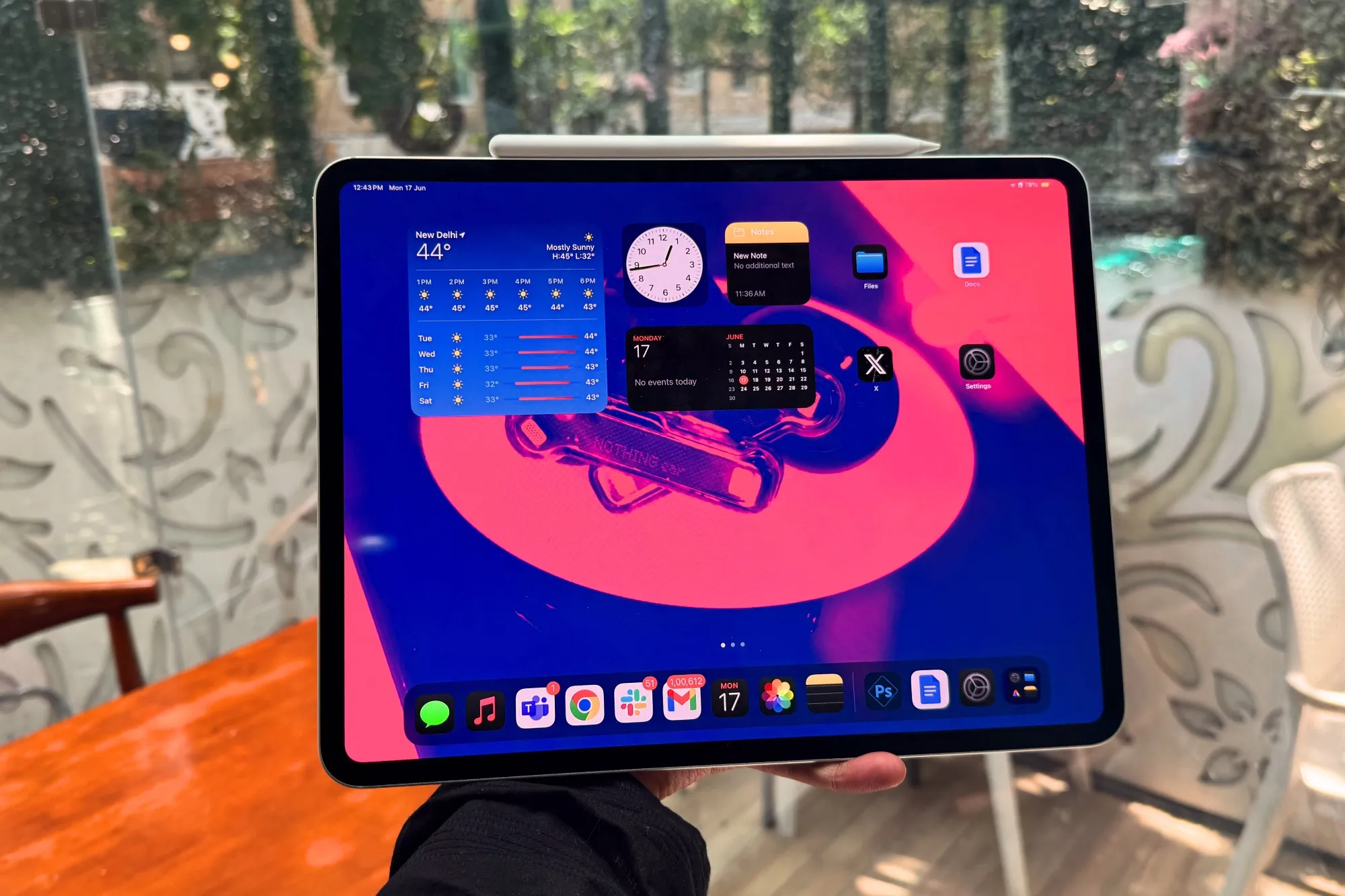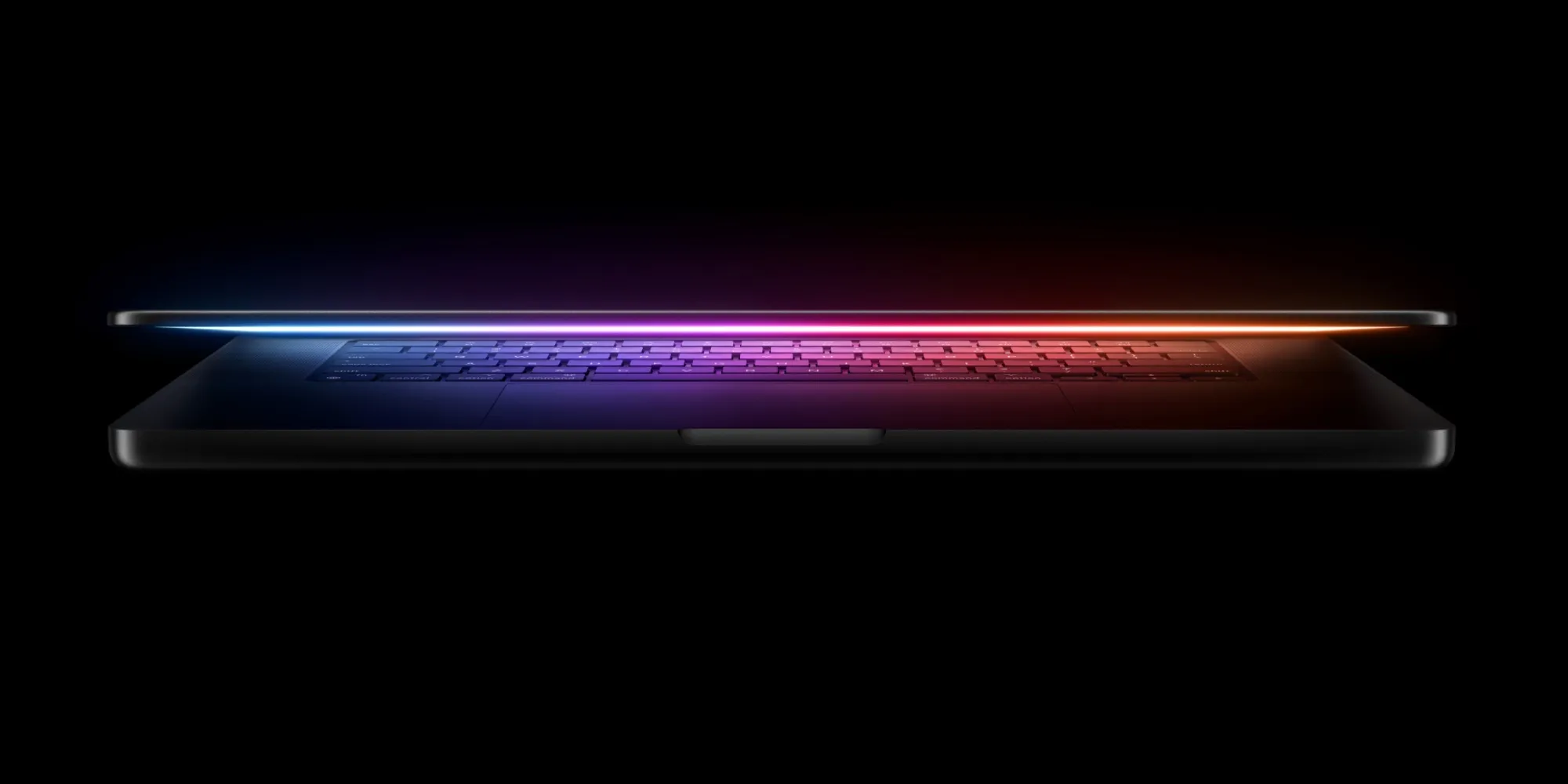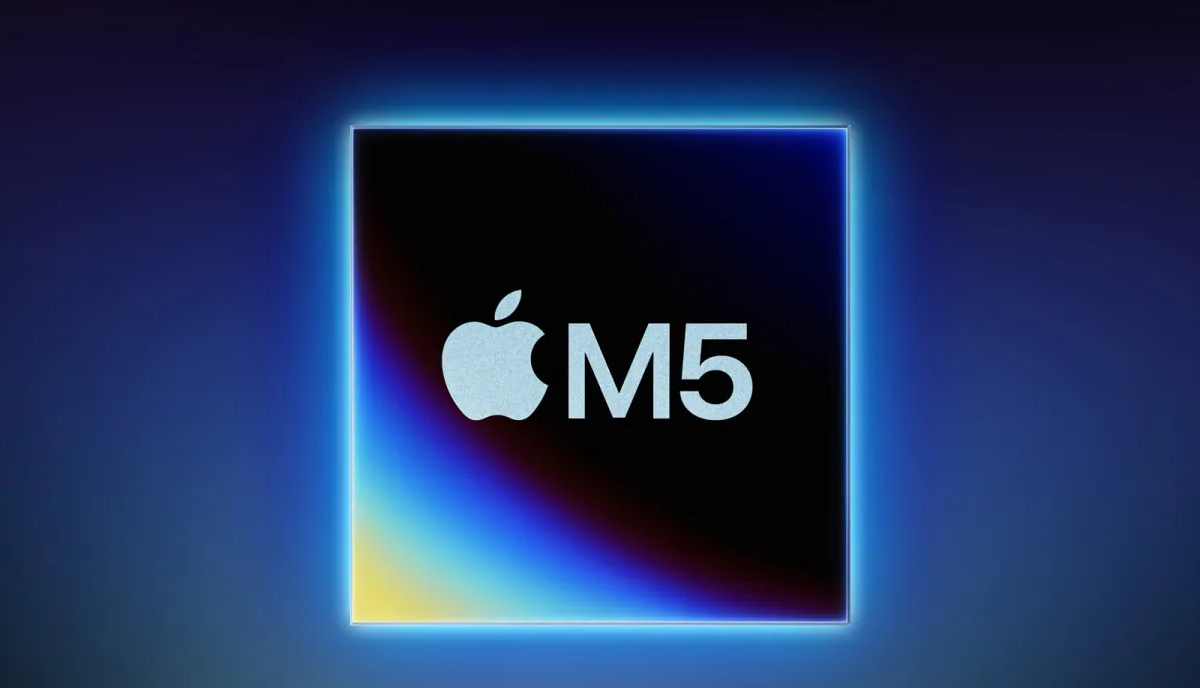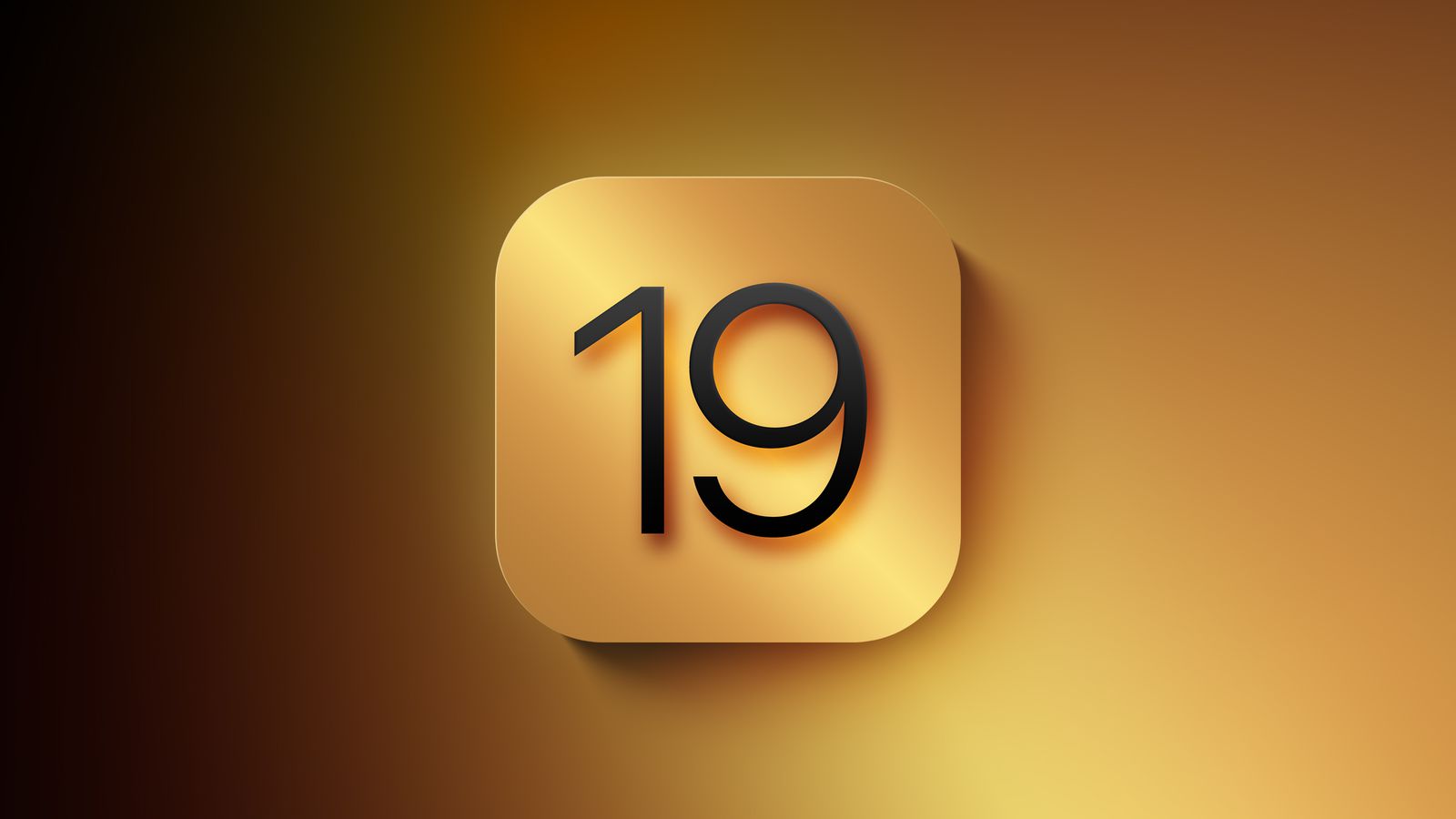For years, the smartphone industry has been chasing the dream of a truly bezel-less display – a screen that stretches seamlessly across the entire front of the device, creating an immersive, almost magical experience. Apple, renowned for its design prowess and relentless pursuit of innovation, has been widely rumored to be working on such a device. But the path to achieving this technological marvel is proving to be far from smooth.
The current trend in smartphone design leans towards minimizing bezels, shrinking them to almost imperceptible slivers. We’ve seen various approaches, from curved edges that blend into the phone’s frame to precisely engineered notches and punch-hole cameras. Yet, the true bezel-less design, where the screen occupies the entire front surface without any visible border, remains elusive.
Rumors have circulated for some time that Apple was aiming to introduce this groundbreaking display technology around 2026, potentially with the iPhone 18. However, recent whispers from within the supply chain suggest that this timeline might be overly optimistic. The challenges involved in creating a truly bezel-less display are significant, pushing the boundaries of current display manufacturing technology.
One of the key hurdles lies in adapting existing technologies to meet the unique demands of a completely borderless design. Thin Film Encapsulation (TFE), a crucial process for protecting OLED displays from moisture and oxygen damage, needs to be refined for curved or wraparound edges. Similarly, Optical Clear Adhesive (OCA), the adhesive used to bond the display layers, requires significant advancements. Current OCA solutions often suffer from optical distortions at the edges, creating an undesirable “magnifying glass” effect. This is precisely what Apple is reportedly keen to avoid.
Apple’s vision for a bezel-less iPhone reportedly goes beyond simply curving the edges of the display. Instead, the company is said to be exploring a more integrated approach, where the display seamlessly wraps around the edges of the device while maintaining the iPhone’s signature flat-screen aesthetic. Imagine the current flat display of an iPhone, but the screen extends over and around the edges of the chassis itself, almost like water flowing over the edge of a table. This “pebble-like” design, as some insiders have described it, presents a unique set of engineering challenges.
Achieving this seamless integration requires not only advancements in TFE and OCA but also careful consideration of other crucial components. Where do you place the antenna, proximity sensors, and other essential hardware that traditionally reside within the bezels? Finding space for these components without compromising the aesthetic and functionality of the device is a complex puzzle.
The complexities surrounding OCA development are particularly noteworthy. Ensuring consistent optical clarity across the entire display, including the curved edges, is a significant technical hurdle. Furthermore, the durability of the edge-wrapped display is a major concern. How do you protect the vulnerable edges from impact damage and scratches? Current solutions are not robust enough to withstand the rigors of daily use.
The development of such a complex display involves close collaboration between Apple and its display suppliers, primarily Samsung Display and LG Display. These companies are at the forefront of display technology, and they are working tirelessly to overcome the technical barriers that stand in the way of a true bezel-less display. However, adapting existing manufacturing processes and developing new techniques takes time and substantial investment.
The initial target of 2026 for mass production suggests that discussions between Apple and its display manufacturers should have been well underway. However, reports indicate that these discussions are still ongoing, suggesting that the timeline for a bezel-less iPhone is likely to be pushed back further.
The pursuit of a bezel-less iPhone is a testament to Apple’s commitment to pushing the boundaries of design and technology. While the challenges are significant, the potential rewards are immense. A truly bezel-less iPhone would not only be a visual masterpiece but also a significant step forward in smartphone design, offering users a more immersive and engaging mobile experience. Whether this vision will become a reality shortly remains to be seen, but the ongoing efforts and the persistent rumors keep the dream alive. The journey to the elusive edge continues.

